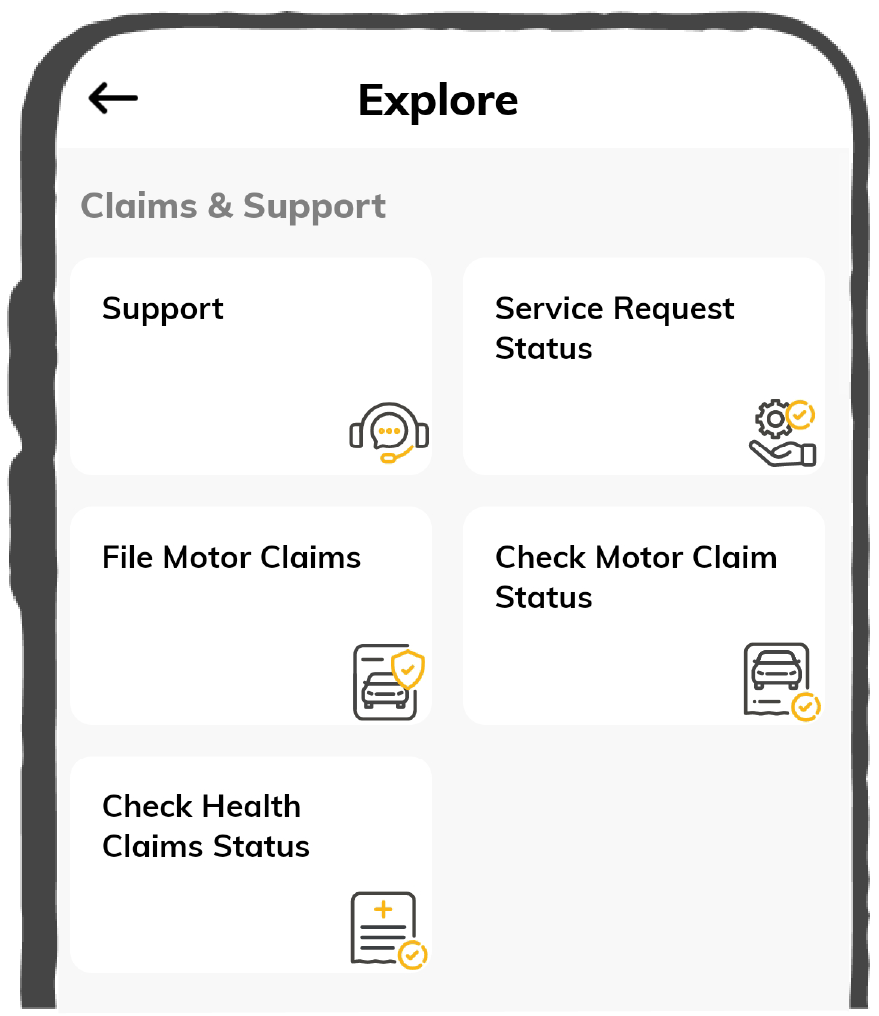Quick Claim Process

Affordable Premium

Accessibility Options

General

General Products
Simple & Transparent! Policies that match all your insurance needs.


37K+ Reviews
7K+ Reviews
Scan to download

Life

Life Products
Digit Life is here! To help you save & secure your loved ones' future in the most simplified way.


37K+ Reviews
7K+ Reviews
Scan to download

Claims
Claims
We'll be there! Whenever and however you'll need us.


37K+ Reviews
7K+ Reviews
Scan to download

Resources
Resources
All the more reasons to feel the Digit simplicity in your life!
 Tools & Calculators
Tools & Calculators


37K+ Reviews
7K+ Reviews
Scan to download

37K+ Reviews
7K+ Reviews
Select Preferred Language
Our WhatsApp number cannot be used for calls. This is a chat only number.

Enter your Mobile Number to get Download Link on WhatsApp.
You can also Scan this QR Code and Download the App.
Quick Claim Process

Affordable Premium


When you are shipping out certain products from India to overseas, regulations put forth by the Government of India mandate that you will have to pay a certain amount of customs duty. This export tariff is a form of indirect tax paid to the Customs Department of this country.
To make sure you are getting charged the right amount as per the kind of product exporter, it is crucial to know how to calculate export duty.
In India, export duty is collected by the Central Board of Indirect Taxes and Customs (CBIC). Functioning under the finance ministry’s department of revenue, this organisation provides a comprehensive framework of how customs duty should be collected from an exporter.
CBIC abides by rules and regulations as discussed in the Customs Tariff Act of 1975 to decide which products fall under the purview of export duty collection. The Second Schedule of this aforementioned act provides an extensive list of products for which you have to pay a duty fee while exporting.
This Second Schedule provides the HSN code alongside the description of the shippable goods, which is a global standard of classifying goods by the World Customs Organisation. Based on the type of product you are exporting, the Customs Act levies a certain rate of duty on these.
Please note that this rate of duty is charged in two different ways:
As it can be understood from the discussion above, finding out the rate of duty for the product you are exporting is a necessary step in calculating your total expenditure on tariff payments.
You can use export duties and tax calculators from Fintech platforms available online to find out this duty rate. Alternatively, you can also visit the CBIC site to do the same. In the latter scenario, you will need to follow these simple steps as discussed below to calculate the payable export duty amount.
Step 1: Visit the export-related section on the official website of India’s Customs Department.
Step 2: Use the tariff item code or description of the article as shown on your screen to find out the product you are exporting on the available list.
Step 3: Note down the amount provided under the column titled ‘Rate of duty’.
Step 4: If the rate is based on product quantity, then you will have to multiply this given amount by the exportable product’s volume to get a payable export tariff sum.
Step 5: Alternatively, if rate is given in percentage, follow this formula to calculate customs duty on export as given below. For this example, the rate of duty is assumed to be P%.
Payable export charge = FOB of exportable products x [P x 100]
The rate of customs duty payable for a product is calculated keeping a number of crucial elements in consideration. Some of these include:
Customs duty on export is charged for a number of reasons. These include following aspects as discussed below:
All in all, export duty collection can play a significant role in strengthening the fiscal health of a developing nation such as India. Therefore, you must know how to calculate export duty on your end. This way, if you are charged with an excess amount, you have a scope of claiming a refund for the same.
When you are exporting any goods and services, it is labelled as a zero-rated supply. Therefore, no GST will be charged for goods you are shipping overseas.
When you are exporting any goods and services, it is labelled as a zero-rated supply. Therefore, no GST will be charged for goods you are shipping overseas.
Presently, the United States of America is India’s largest export market, followed by the United Arab Emirates.
Presently, the United States of America is India’s largest export market, followed by the United Arab Emirates.
The 5 major goods which are exported from India globally are packaged medicaments, rice, jewellery, diamonds, and refined petroleum.
The 5 major goods which are exported from India globally are packaged medicaments, rice, jewellery, diamonds, and refined petroleum.
